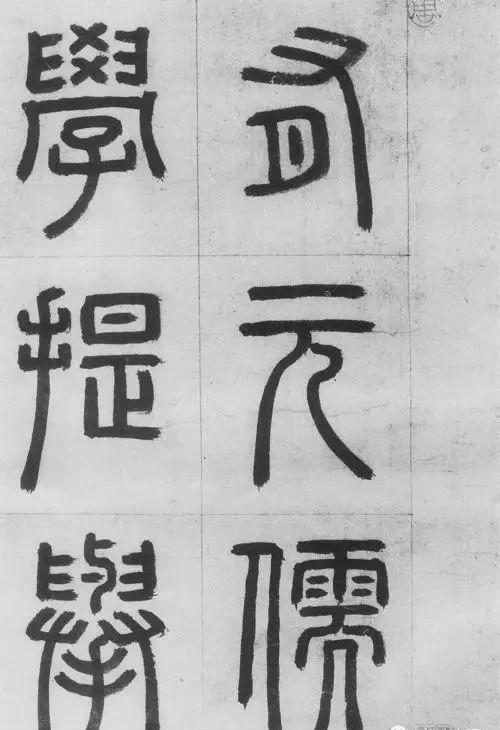
Zhou Boqi's epitaph on paper, 34.9 cm in length and 270.8 cm in width. The department is "Senior Grand Master Jiangnan Zhudao Xing YushiTai Shi Yushi Poyang Zhou Boqi Wrote and wrote a seal", and the former Zhou seal was "there is a Yuan Confucian study to lift the epitaph of Zhu Fujun". Collection of the Palace Museum in Beijing.
This article is an epitaph written by Zhou Boqi for his friend Zhu Derun, a famous calligrapher and painter of the Yuan Dynasty. Zhou Boqi and Zhu Derun have been friends for nearly fifty years, and their friendship is strong, and the text details the life and deeds of Zhu Shi, and at the same time pins his feelings of remembrance on his friends. This letter is a masterpiece of Zhou Boqi's later years, which is vigorous and clumsy, and his skills are exquisite.
Zhou Boqi (1298-1369), courtesy name Bowen, was a native of Poyang (present-day Boyang, Jiangxi) in Yuan Rao Prefecture. He traveled with his father to Dadu (present-day Beijing), entered the Chinese studies, and was born as a shangshe. He was once a cultivator for Hanlin, and in the first year of the Yuan Shun Emperor's reign, he changed the Kuizhang Pavilion to Xuanwen Pavilion, and Bo Qi served as the Jinglang. Later, he successively served as a scholar of Hanlin Zhi, an inspector of imperial history, and a visiting envoy to the government and honesty of western Zhejiang. He summoned Zhang Shicheng and was detained by Zhang for more than ten years. Zhang Shicheng was destroyed, and Bo Qi had to return to his hometown and died at home soon after. The "History of the Yuan" said: "Bo Qi's erudite articles, especially the seal Li Zhencao was good at that time. "Seal book Xi Xu Xuan and Zhang Youxing pen, its words are fat and lovely. In the twenty-second year of Zhizheng (1362), the book of "Stone Drum Texts" is now in the Palace Museum. He is the author of three volumes of poems, including "Six Books of Zhengyi", "Speaking of Sources of Characters", "Collection of Near Light", and one volume of "Collection of Hu Cong". Zhou Boqi Gongshu, famous at that time, the "History of the Yuan" records that "the emperor took Boqi Gong calligraphy, ordered the seal Xuanwen Pavilion Treasure, is the inscription Xuanwen Pavilion and the book "Orchid Pavilion Preface" written by Wang Xizhi, and the "Thousand Texts" written by Zhiyong" are inscribed on the plaque Xuanwen Pavilion and the book "Thousand Texts" written by Zhiyong" Carved in the stone cabinet. Since he was tired of transferring officials between Xuanwen and Chongwen, he met Rilongyi. Like Zhao Mengfu, he was also a figure of the emperor who was "wordless".
Follow the Calligraphy Code and you'll make new discoveries.